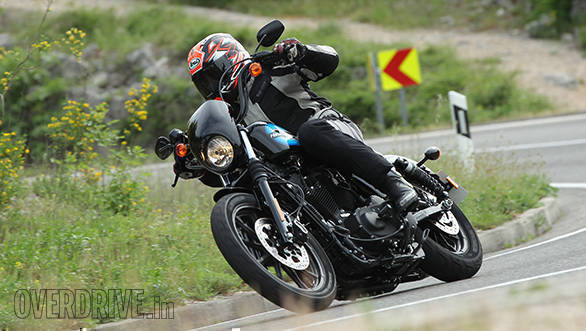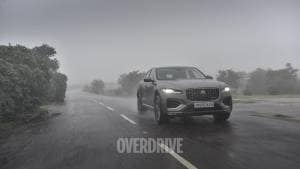Better Riding: Body basics
I know you've read that MotoGP guys push down on footpegs to help their motorcycles, steer them and sometimes to generate extra horsepower down the main straight also. But if you are honest, the fact of the matter is, that our challenges in riding motorcycles are at a vastly more basic stage and these finer techniques are less relevant than the basics. When in the classroom at the Indimotard Throttle Wide Open School by OVERDRIVE, I always explain the most basic version of the body-motorcycle equation by pointing to your belt line. At the most basic of levels, think of everything below the belt as a tool to hold on to the motorcycle with. And everything above it should be used exclusively to control it.

Pushing down on the pegs does make a difference, to be sure, but 90 per cent of your ability to steer a motorcycle comes from your work at the handlebar.
What does the belt-line statement actually mean for you though? It means from the toes of the feet up to the waist, all the muscles should be used to hold the motorcycle securely.
The balls of the feet should be on the pegs - so that no dangling bits can scrape or be injured when you lean over. The ankle is pressed firmly into the heel plate. The calf muscle is engaged at all times and in corners, will push the outside knee harder into the tank recess. The upper calf, inside of the knee and the thighs will also be firmly pressed into the bike and is your primary hold on the bike. One nuance is to not put your crotch against the tank. It makes moving about in the corners harder.
There is a slight variation in how your use these muscles under braking and acceleration on really powerful machines too, but that's another story. In essence, you use the lower body to lock on as tightly as you can to the motorcycle. This is hard work but I promise you, the motorcycle will feel 20kg lighter and like it's listening to your commands more closely than ever before.
If you do this right, the upper body will feel freed of a great burden. Your brain will be free to think about what to do next. Your head, neck and shoulders will not ache after a long ride and your control over the bike will feel more secure but like it needs less effort. A strong core - torso muscles - will further improve the sense of lightness. This will also reduce how tightly you need to hold the handlebar, which increases your ability to modulate both speed and direction of the motorcycle. It's a dramatic change. Ideally, you should get your forearms as parallel to the ground as possible so you waste no effort when you steer the bike.
If you do this right, your lower body will be taut and clenched while your upper body is completely relaxed. And after a good, hard ride, you might have some soreness on the outside of your thighs, but not in your neck, shoulders or arms.
Once this is mastered come the nuances - how and when to hang off, weight on the footpegs and so forth.













